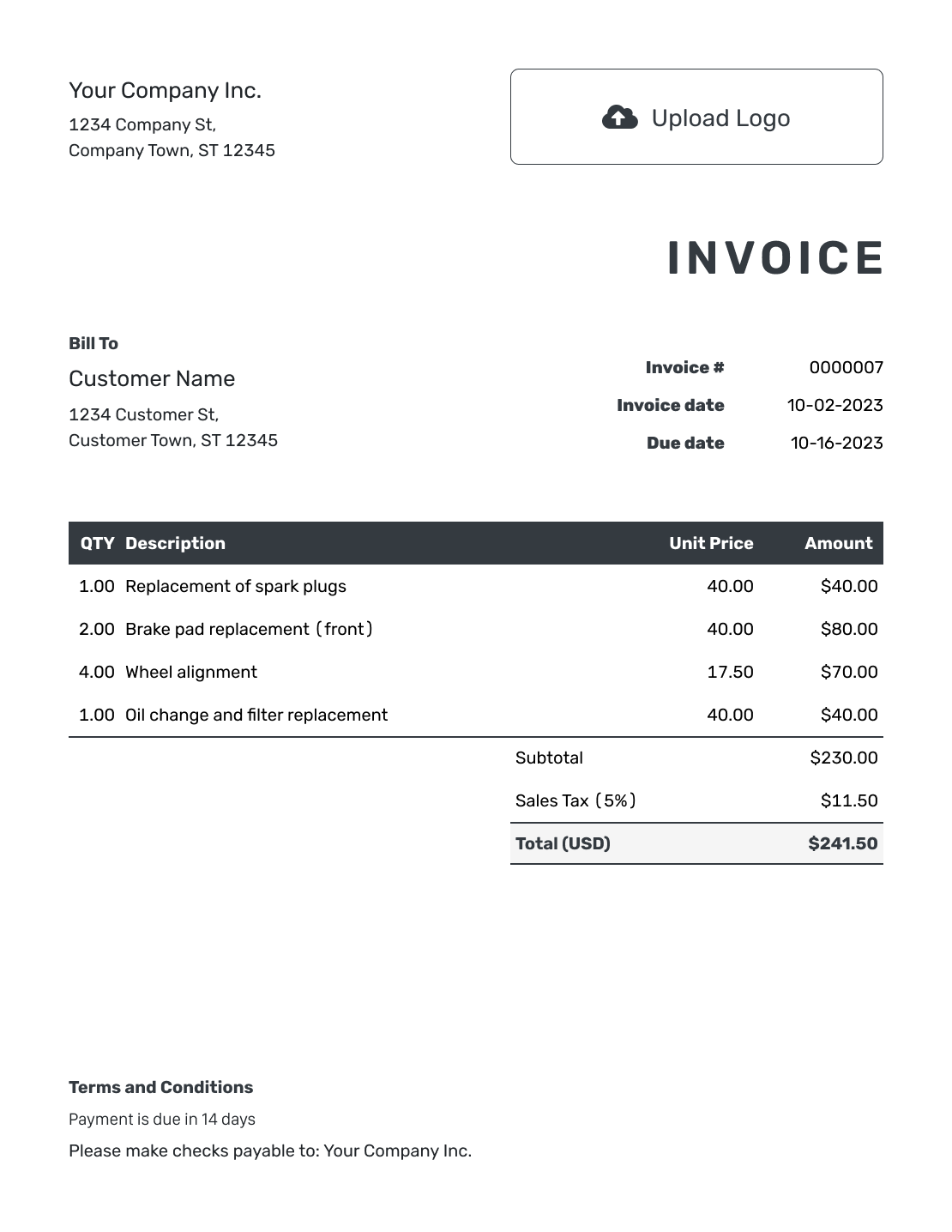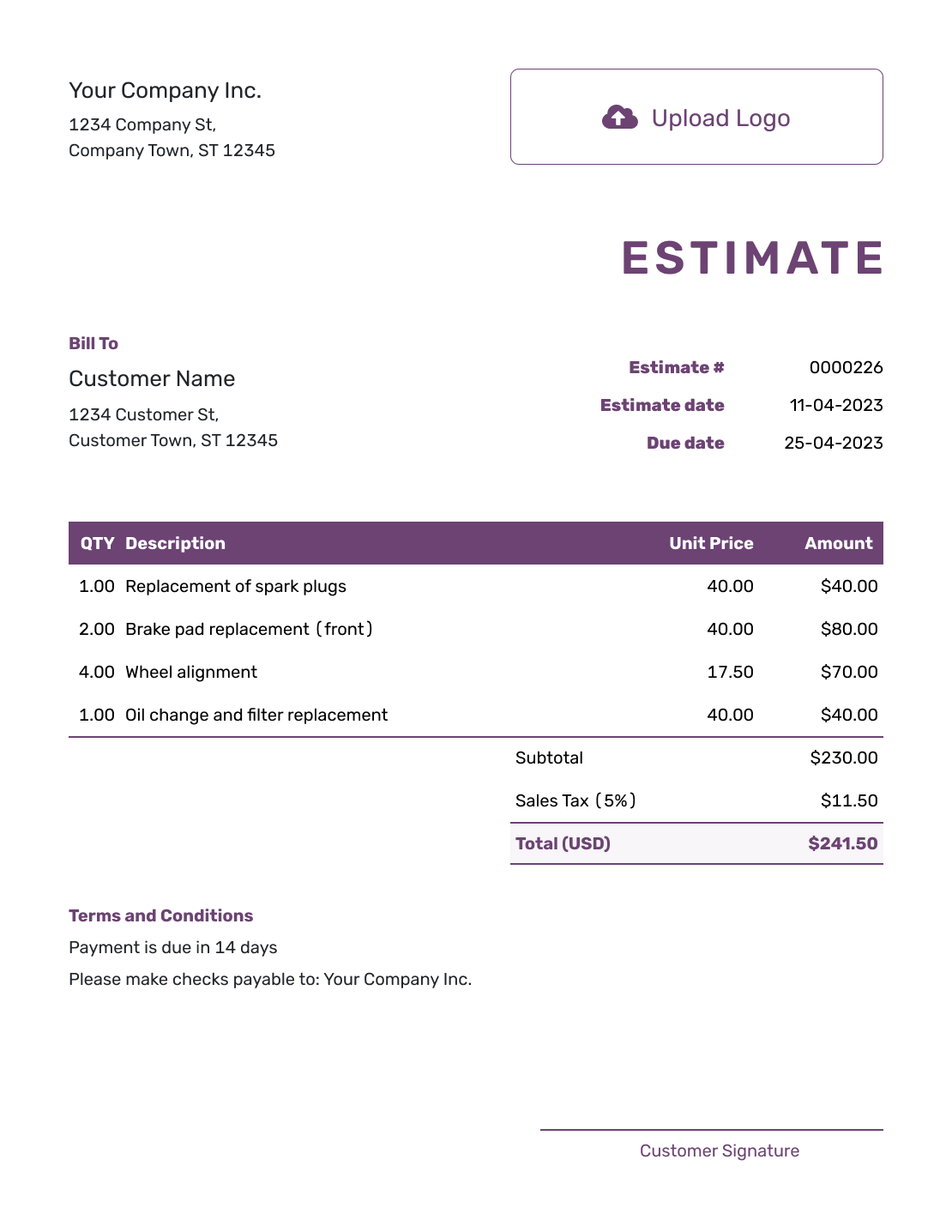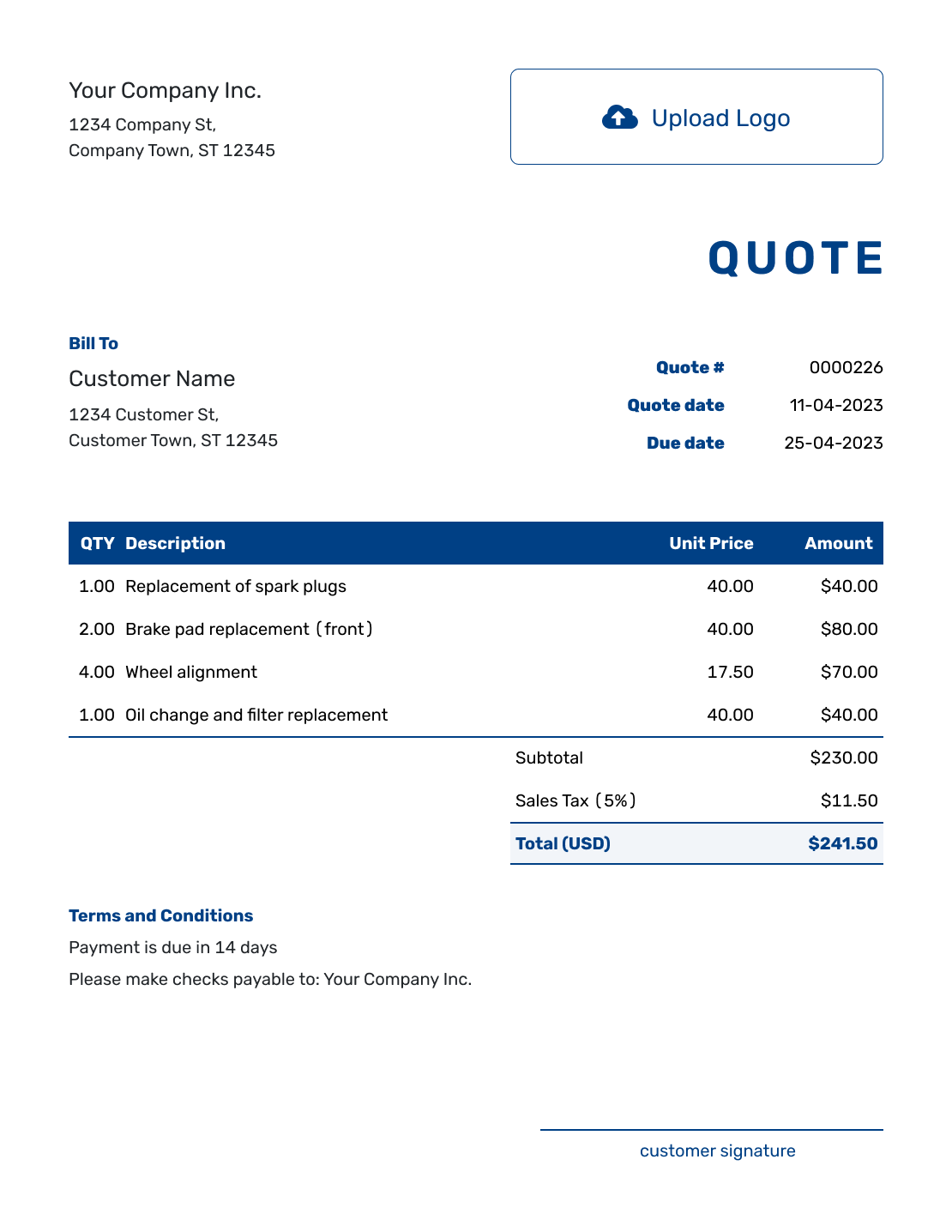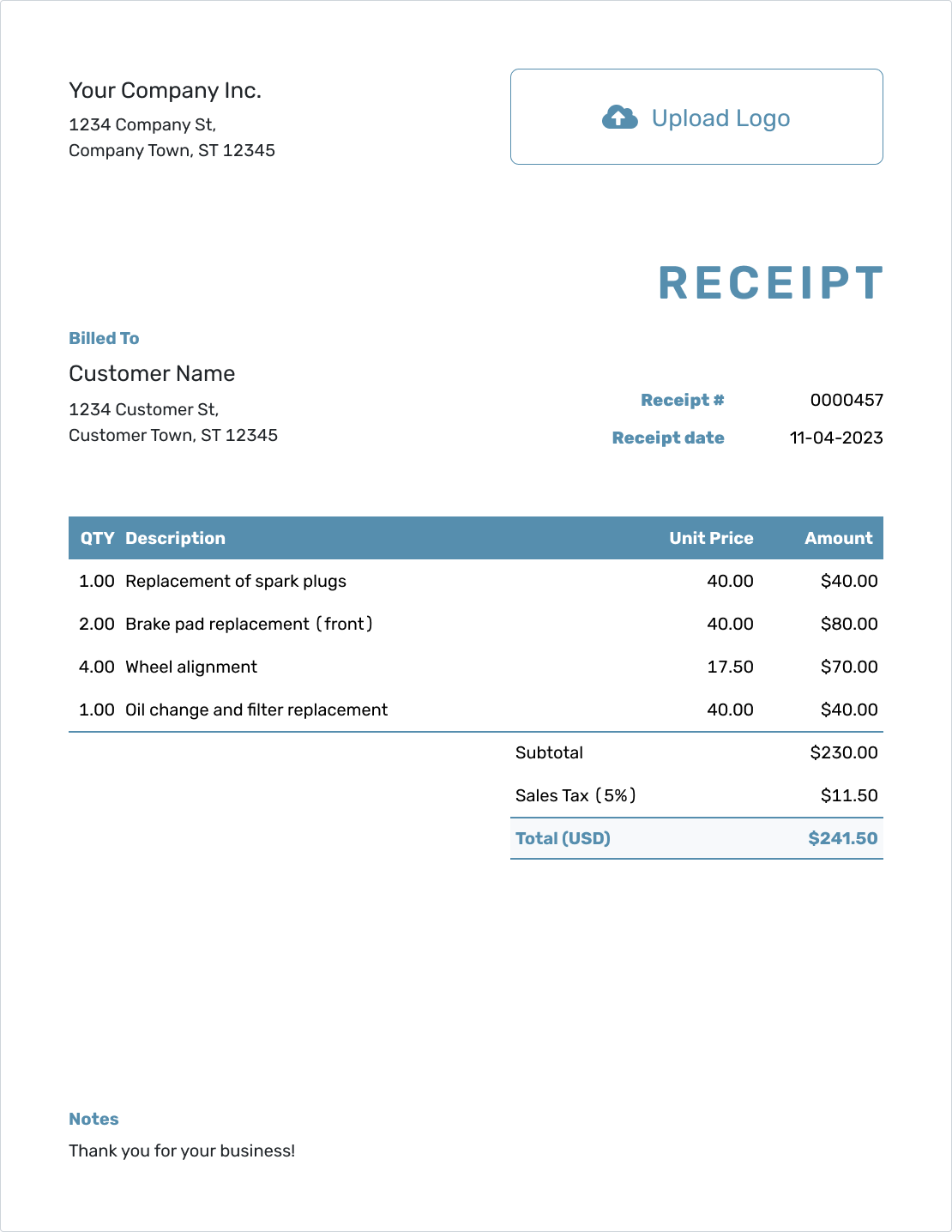Understanding
Depreciation
Est. reading time: 7 min

Depreciation might sound like a technical accounting term, but it's simply a way to show how the value of something decreases over time. Imagine buying a car. Over the years, as you drive it, the car loses value. Depreciation is the process of recording this loss in value.
What Is Depreciation?
Depreciation is how businesses account for the gradual decrease in the value of assets like machinery, equipment, or vehicles. Instead of recording the full cost of these assets as an expense in one year, businesses spread out the cost over the asset's useful life.
For example, if you buy a machine for $10,000 and it is expected to last 10 years, you might record $1,000 as an expense each year for 10 years. This way, the expense matches the benefit you get from using the machine.
Why Does Depreciation Matter?
Depreciation is important because it helps businesses:
- Understand Costs: It shows how much of an asset's value has been used up over time.
- Plan Finances: By spreading out the cost of an asset, businesses can better manage their cash flow.
- Prepare Reports: Depreciation is a key part of financial statements, helping show an accurate picture of profits and losses.
Common Types of Depreciation
There are different ways to calculate depreciation, depending on how the asset is used or the accounting method chosen. Here are the most common types:
1. Straight-Line Depreciation
This is the simplest method. You spread the cost of the asset evenly over its useful life. For example, if a computer costs $1,200 and is expected to last three years, you would record $400 in depreciation each year.
| Annual Depreciation = | Asset Cost − Salvage Value |
| Useful Life |
2. Declining Balance Depreciation
This method assumes the asset loses more value in the early years. It is useful for things like vehicles or machinery that wear out faster when they are new.
3. Units of Production Depreciation
This method ties depreciation to how much the asset is used. For instance, if a machine makes 10,000 units in its lifetime and produces 1,000 units in a year, you record 10% of its cost as depreciation for that year.
Examples of Depreciation
Let's look at a practical example:
Imagine you buy a delivery truck for $20,000. After five years, it will be worth $5,000. Using straight-line depreciation, you spread the remaining $15,000 ($20,000 − $5,000) over five years. Each year, you would record $3,000 as a depreciation expense.
| Annual Depreciation = | $20,000 − $5,000 |
| 5 |
The result is $3,000 per year.
The Docelf Advantage
Depreciation might feel complicated, but tracking your expenses doesn't have to be. With Docelf, you can easily manage your business finances, store all your records in one place, and create professional invoices that reflect your hard work.
- Stay Organized: Keep track of your assets and invoices with simple tools.
- Impress Clients: Customize documents with your brand for a professional touch.
Ready to make running your business smoother? Try Docelf for free today!




